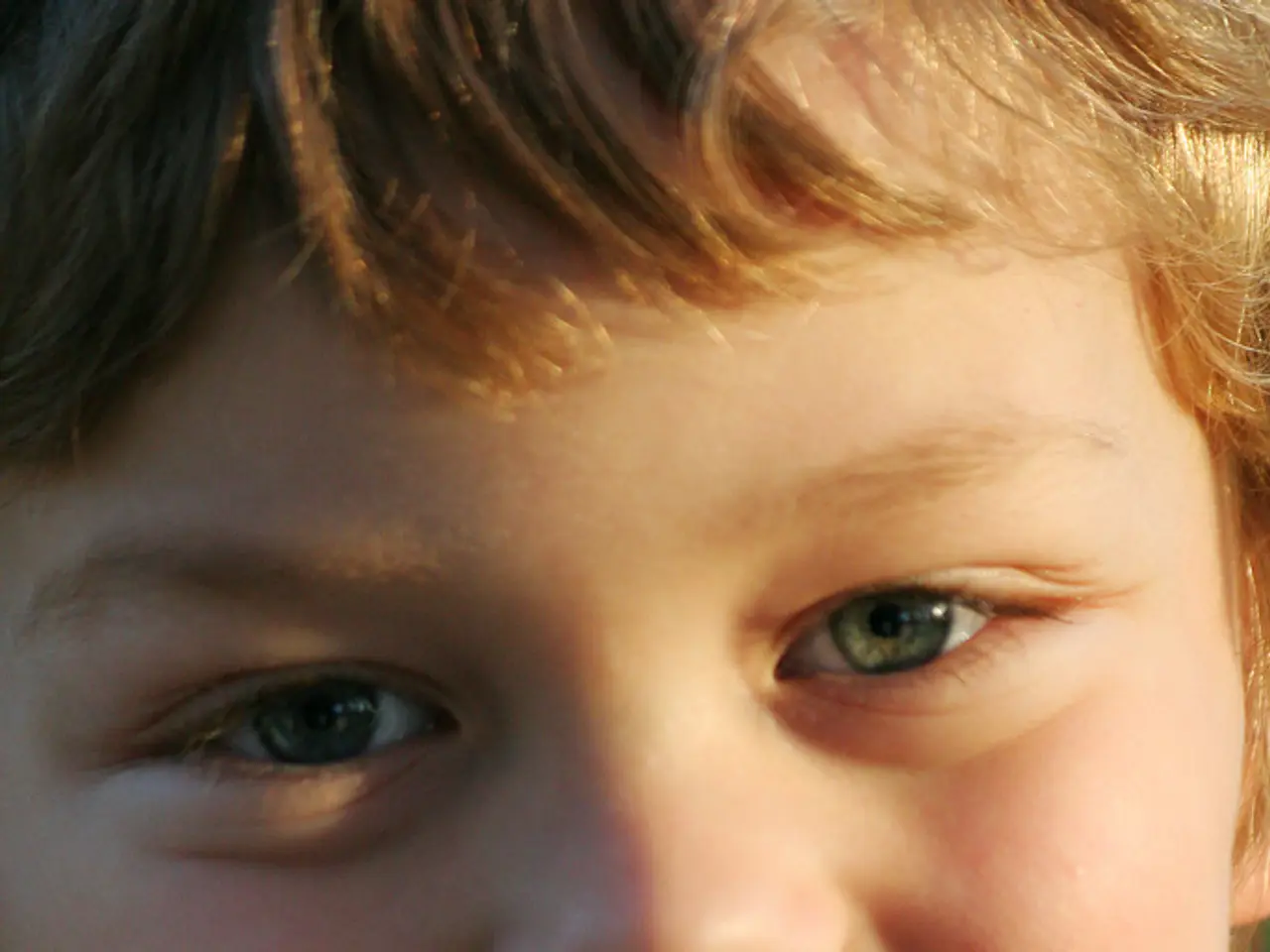Strategies for Minimizing Racial Bias in Young Kids
In a groundbreaking study, an international research team has discovered that repeated training in recognizing and differentiating faces of various races can significantly reduce racial bias in young children. The study, led by Miao K. Qian from both Hangzhou Education University and Toronto University, was published in the prestigious Child Development journal.
The research, conducted with Chinese children aged 4-6, utilizes the Implicit Racial Bias Test (IRBT), a school-age adaptation of the Implicit Association Test. The IRBT works on the principle that people associate positive attributes more quickly with their own race than with other races.
The study involved two 20-minute sessions where children were trained to recognize faces of black men as individuals, without any labels. The key to reducing bias, according to the study, is repeated sessions. As a result, the children participated in two educational sessions every week.
The reduction in bias was most pronounced after the second session and its effect lasted longer than previously observed, with the children's implicit racial bias decreasing and remaining low for at least two months. Interestingly, training with white and Asian faces did not make any difference. However, the training to recognize and differentiate faces of color has reduced pro-Asian/anti-Black biases.
Researchers are now working with a larger and more comprehensive group of children in Toronto for a longer duration, with the aim of developing an easily applicable system for educational sessions. If their efforts prove successful in this new setting, they aim to create a fun, gamified application.
The study aligns with known principles of perceptual learning and early childhood bias interventions. Face recognition skills in children develop with experience, and increased exposure to diverse faces improves their ability to individuate those faces. Interventions involving repeated exposure and active differentiation tasks have been found to decrease implicit racial bias in children by encouraging more equitable social categorization and reducing stereotype reliance.
While none of the cited articles directly study this, research on facial recognition models and bias in AI face detectors highlight that learning strategies focused on invariant features and balanced, diverse datasets reduce bias, paralleling how diverse training in humans may help decrease racial bias.
The study concludes that repeated, targeted training in recognizing and differentiating faces of multiple races is an effective approach to reduce racial bias in young children by improving their perceptual discrimination and promoting more equitable social attitudes. However, implementation and longitudinal outcomes require careful design and assessment.
Sixty days after the second session, the children take the test for the last time, providing valuable data for future research and potential applications in early education.
The educational sessions held regularly for the children aimed to improve their education-and-self-development by reducing racial bias. The study's conclusion suggests that an effectively designed system, possibly a fun, gamified application, could serve as a promising avenue for promoting equitable social attitudes through targeted training in recognizing and differentiating faces of multiple races.




